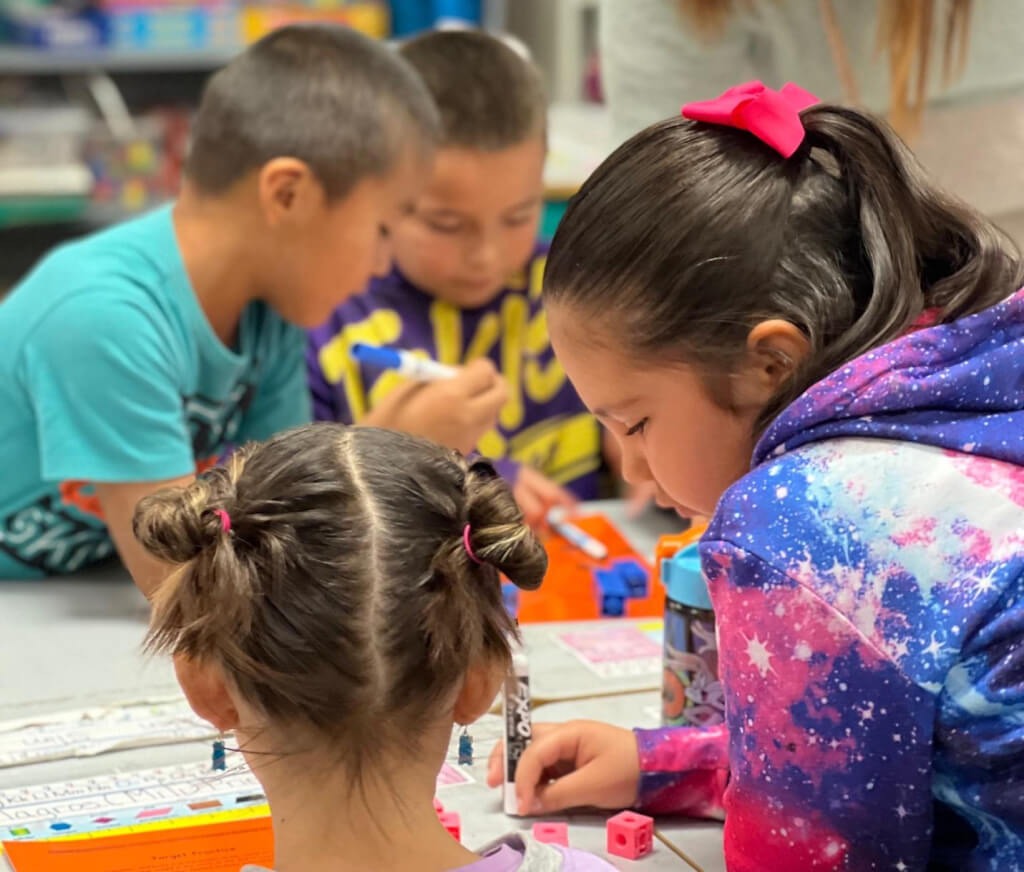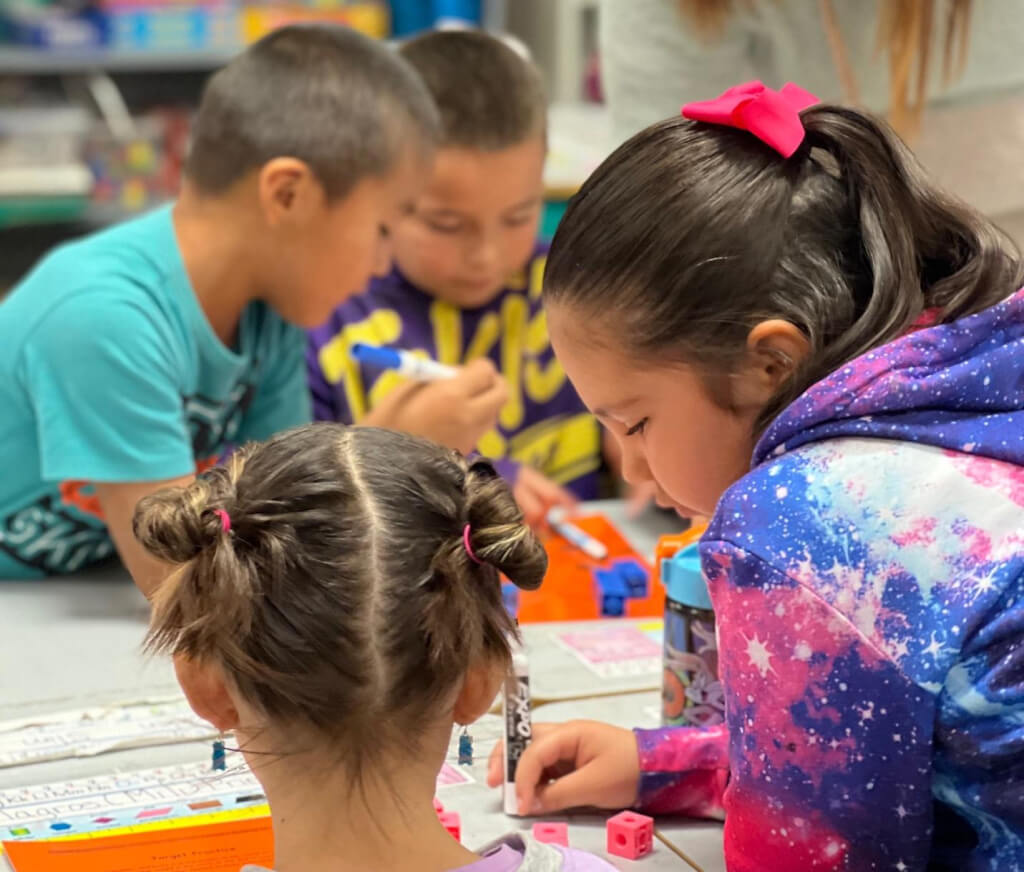Understanding Cultural Backgrounds
A fundamental step in working with ELLs is gaining an understanding of their cultural backgrounds. This awareness helps in creating an inclusive environment where students feel valued and respected. Teachers should take the time to learn about the cultural norms, traditions, and educational practices of their students’ home countries. This knowledge can inform classroom practices and communication styles that resonate with students, thereby reducing anxiety and fostering a sense of belonging.
Creating a Supportive Learning Environment
A supportive learning environment is crucial for ELLs. This includes both a physical and psychological space where students feel safe and encouraged to take risks in using their new language. Teachers can establish this environment by using positive reinforcement, celebrating small successes, and maintaining an approachable demeanor. Working with English Language Learners Additionally, organizing the classroom in a way that promotes interaction, such as seating ELLs next to supportive peers, can facilitate language practice and integration.
Utilizing Visual Aids and Technology
Visual aids are powerful tools in the ELL classroom. They help bridge the gap between the students' native language and English by providing context that words alone might not convey. Charts, pictures, diagrams, and videos can make abstract concepts more tangible. Technology, including educational apps and online resources, can also offer interactive and engaging ways for students to practice language skills. For instance, language learning apps can provide personalized practice, while online games can make learning new vocabulary fun and memorable.
Implementing Differentiated Instruction
Differentiated instruction is essential in a classroom with diverse language abilities. Teachers should tailor their teaching methods and materials to meet the varying needs of ELLs. This might include simplifying language without diluting content, using bilingual resources, or providing extra time for certain tasks. Group work and peer tutoring are also effective, as they allow students to learn from each other and practice English in a less formal setting.
Emphasizing Vocabulary Development
A robust vocabulary is the foundation of language proficiency. Therefore, explicit vocabulary instruction is crucial. Teachers should introduce new words in context, use them in sentences, and encourage students to practice them through speaking and writing activities. Vocabulary games, flashcards, and word walls can make learning new words engaging and less intimidating. SIOP workshops for K12 teachers Repeated exposure and usage of new vocabulary help reinforce learning and aid retention.
Encouraging Family Involvement
Family involvement can significantly impact an ELL's academic success. Teachers should engage with families, keeping them informed about their child's progress and providing them with strategies to support learning at home. Bilingual newsletters, parent-teacher meetings with interpreters, and family literacy nights are effective ways to involve families. Recognizing and valuing the linguistic and cultural contributions of families can strengthen the home-school connection and support students’ learning.






Comments